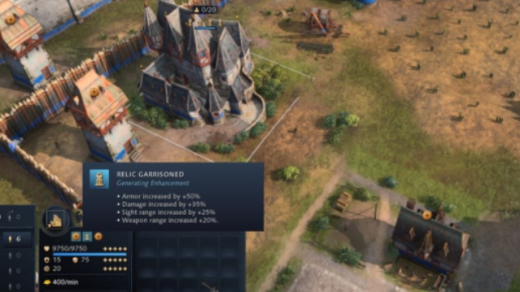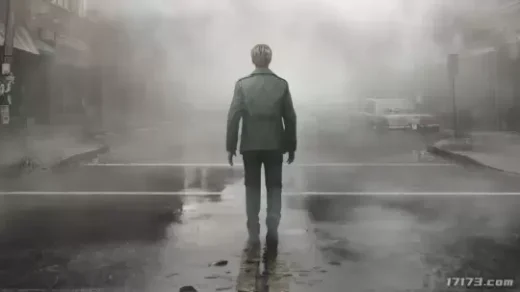Introduction
As a PS4 exclusive, Horizon Zero Dawn holds significant strategic importance for Sony, marking a major breakthrough in the realm of open-world adventure games. It set a new standard by integrating cinematic storytelling with open-world gameplay, solidifying the PS4’s standing as a platform for high-quality AAA games.
Horizon Zero Dawn was a major commercial success, receiving widespread acclaim and selling over 24.3 million copies by mid-2023, making it one of PS4’s best-selling exclusives. The game’s success demonstrated Guerrilla Games’ capabilities as a first-party studio, and the studio was entrusted with Horizon Forbidden West as a major PS5 release.
However, when news of a remaster for Horizon Zero Dawn on PS5 and PC emerged, fans were puzzled, wondering if such a recent release truly needed a remaster.
A Unique Post-Apocalyptic World
Although not the pinnacle of gameplay mechanics, Horizon Zero Dawn distinguished itself through a unique storyline set in a post-apocalyptic world where Norse-inspired tribes coexist with machines. This setting, blending primitive tools like bows and arrows with robotic beasts, kept players curious and deeply engaged in the game’s unfolding mysteries.

The game’s compelling narrative and original world-building are its most striking elements. The main storyline, full of revelations and twists, drives a linear RPG experience within an open-world format. Set in a future where humanity has reverted to a tribal state, battling remnants of the robotic apocalypse, protagonist Aloy embarks on a quest to uncover her origins, exact revenge, and ultimately save the world from a looming threat.
Horizon Zero Dawn effectively combines a post-apocalyptic theme with humanity’s resilience, pairing a desolate wasteland with vibrant new life. This creative blend of tribal and mechanical aesthetics offers a unique experience that feels cohesive.

This immersive world also shapes gameplay. With an impressive arsenal of ranged weapons, players can choose tools like slingshots, bows, and projectiles to take on diverse mechanical creatures, developing strategies and tactics for each encounter. This combat system stands out, feeling fresh and engaging compared to more formulaic open-world games.

Visuals Enhanced to Match the Sequel
The remaster of Horizon Zero Dawn focuses on enhancing visuals, elevating them to the level of Horizon Forbidden West.
Natural environments, including riverbanks, now feature greater biodiversity, and the foliage has been enhanced with upgraded shaders, textures, and interactive elements. Water rendering has improved as well, though it may still fall slightly short of the sequel’s striking visuals.

All terrain textures have been replaced with assets from Horizon Forbidden West, and key locations like Meridian City have been remodeled with high-resolution details. Character models, too, are upgraded, featuring refined skin tones, hair textures, and fabric details.

The team also revamped NPC-populated areas, adding activities and a livelier schedule, bringing more vitality to human settlements.
Perhaps the most noticeable improvement is in dialogue scenes, now featuring over 10 hours of new motion-capture data for realistic body language and facial expressions, similar to Horizon Forbidden West. Volume clouds now enhance the sky, and the original DLC area The Frozen Wilds features an impressive display of volcanic clouds.

Taking full advantage of PS5’s hardware, the remaster provides faster load times and adaptive trigger feedback, offering an immersive gameplay experience that might tempt players who have yet to upgrade to a PS5.
With these visual upgrades, the game size has increased from 40GB to nearly 100GB, likely due to expanded texture packs.

Conclusion
While the visual improvements are substantial, Horizon Zero Dawn is not an essential remaster, especially for players who have already experienced the story. However, for owners of the original game, a $10 upgrade offers a worthwhile bargain.



